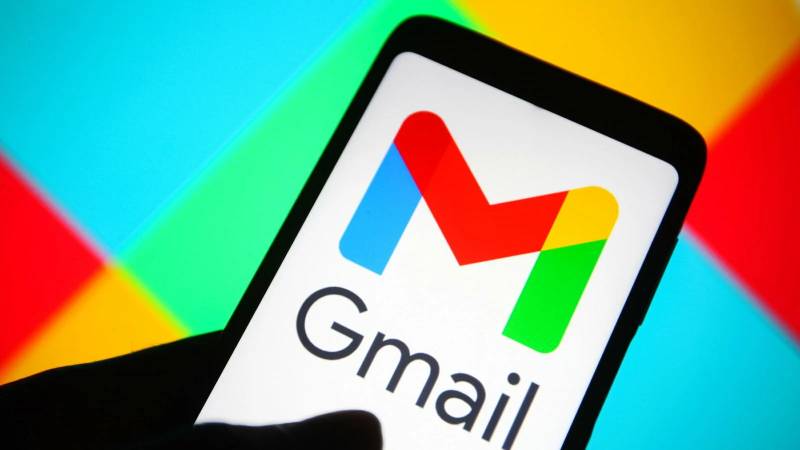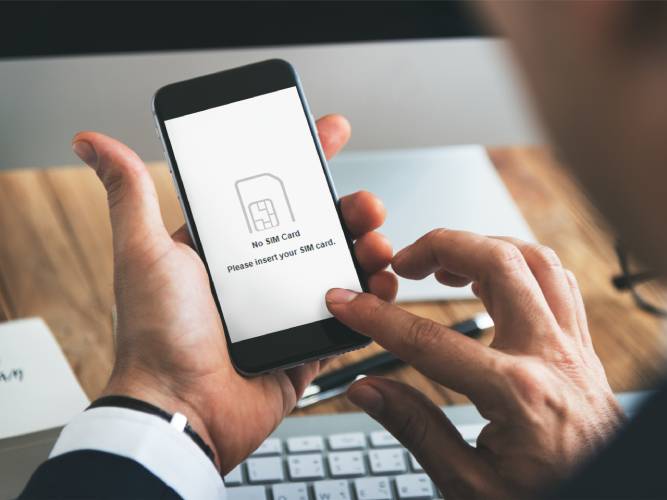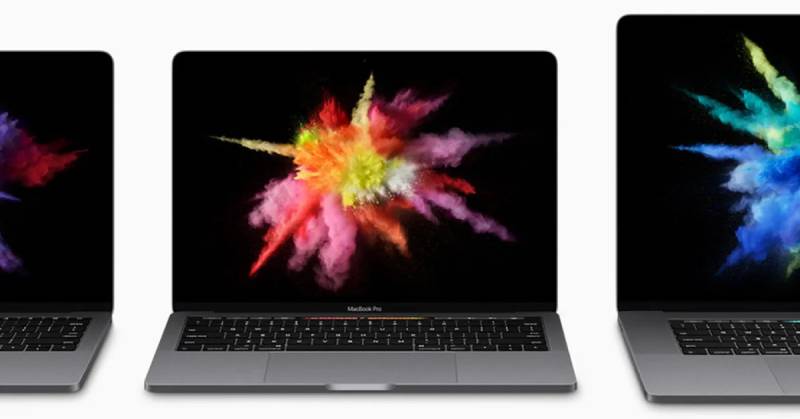For nearly two decades, Gmail has been the preferred choice for businesses, clients, and end-users. Its enduring popularity can be attributed to several factors, including its constant adaptation to technological advancements, its pivotal role in enhancing communication and marketing, and its inclusion as a preinstalled application on top-tier Chromebooks and leading Android smartphones. Despite its dominant position, Gmail remains committed to addressing vulnerabilities, even if it means implementing stringent measures.
In addition to its AI-based spam detection tool, Gmail is taking steps to reduce unwanted messages by granting blue verification checkmarks to legitimate email senders. Should any spam manage to elude the vigilant AI system, the absence of this checkmark will flag it as suspicious. These efforts are aimed at closing potential gaps and thwarting inventive spammers, although their overall effectiveness remains uncertain, as spammers have already devised ways to mimic these checkmarks.
Nonetheless, the new blue-check verification system represents a higher level of security and has the potential to significantly reduce spam compared to previous measures. Inspired by platforms like Twitter (now known as X), this system primarily focuses on established companies, with individual users potentially not receiving the same level of protection. Legitimate businesses will be identified by a blue checkmark next to their names. However, the presence of spoofed checkmarks observed in June indicates that Google must maintain an ongoing effort to uphold security.
The objective is not to completely eradicate spammers, which would be an overly ambitious goal. Instead, these gradual initiatives aim to enhance user protection incrementally. The landscape of spamming tactics constantly evolves, necessitating Gmail’s sustained vigilance to ensure the safety of its service.
Topics #AI based #blue check verification #detection tol #Gmail #security




